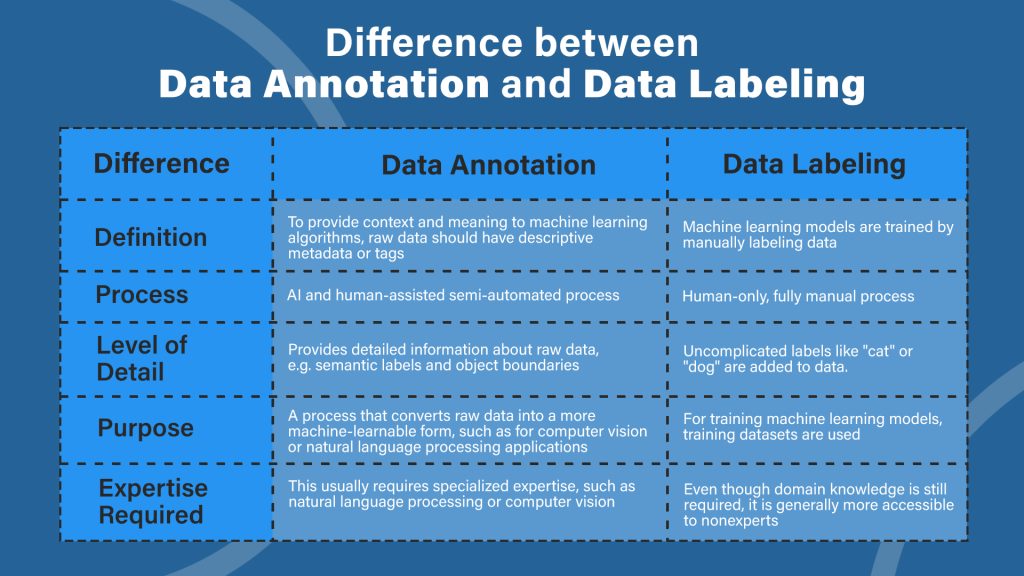Understanding Medical Annotation
Medical annotation refers to the process of adding informative labels, explanations, or comments to medical data, such as images, text, or research findings. It plays a crucial role in the medical field by enhancing the understanding of complex information and helping professionals make accurate diagnoses and decisions. In medical imaging, for example, annotations can highlight areas of interest like tumors or fractures, which aids in the interpretation of X-rays, MRIs, or CT scans. medical annotation helps bridge the gap between raw data and practical medical applications, ensuring that valuable insights are conveyed clearly.
Types of Medical Annotations
There are various types of medical annotations, each serving a specific purpose. Text annotations may involve adding descriptive notes to clinical records or research articles to clarify key points. Image annotations, on the other hand, might focus on pointing out abnormalities or highlighting specific anatomical structures within diagnostic images. For example, an MRI scan of the brain can be annotated with notes explaining the location of lesions or other significant findings. These annotations provide context and allow healthcare providers to collaborate more effectively by sharing information in a detailed and structured way.
Role in Medical Research
Medical annotation plays an indispensable role in medical research, particularly in the areas of artificial intelligence (AI) and machine learning. Researchers use annotated datasets to train algorithms that can automatically analyze medical data, such as identifying diseases from medical images. The accuracy of these systems is highly dependent on the quality of annotations provided by experts. Proper annotation ensures that the AI models learn from high-quality, accurate data, which improves their ability to assist in diagnosis and prediction. As the medical field increasingly relies on technology, the importance of precise annotation continues to grow.
Enhancing Communication Among Healthcare Providers
Medical annotation also facilitates improved communication among healthcare providers. In large medical teams, doctors, radiologists, surgeons, and other specialists need to collaborate by sharing annotated data. For example, a surgeon may annotate a patient’s pre-surgical scan to point out critical areas requiring attention during the procedure. This collaborative effort helps streamline patient care, reduce errors, and ensure that all medical professionals involved are aligned in their understanding of the patient’s condition. Effective annotation ensures that the right information reaches the right people at the right time, making the healthcare process more efficient and effective.
Challenges in Medical Annotation
Despite its importance, medical annotation comes with several challenges. One of the biggest hurdles is the need for expert knowledge to ensure the annotations are accurate and useful. Inaccurate or incomplete annotations can lead to misinterpretations of medical data, which may result in incorrect diagnoses or treatment plans. Another challenge is the volume of data that needs to be annotated. As medical technology advances, the amount of data produced continues to grow, placing a strain on medical professionals and researchers to keep up with the demand for annotations. Addressing these challenges requires ongoing advancements in annotation tools, as well as increased collaboration and training within the medical field.

